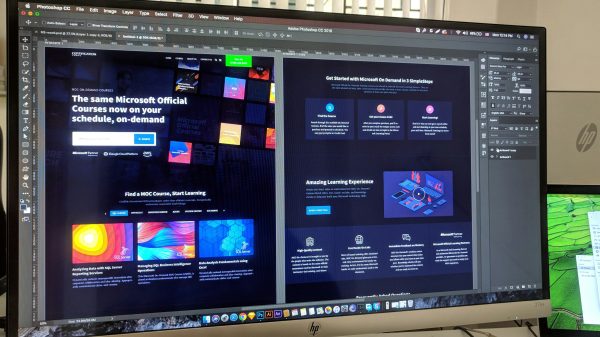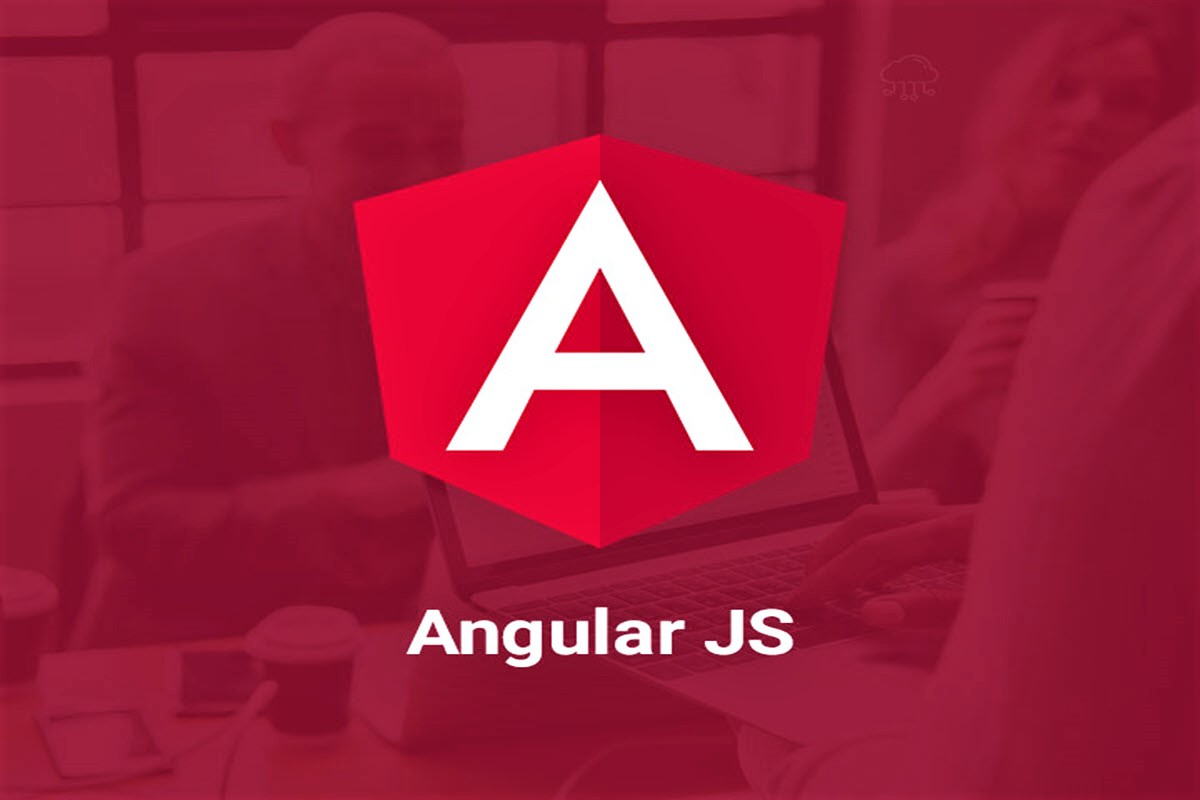In the ever-evolving landscape of web development, front-end programming languages play a crucial role in shaping the user experience and interface of websites and applications. As technology continues to advance and user expectations evolve, staying abreast of the latest front-end languages and frameworks is essential for aspiring and experienced developers alike. In this article, we’ll explore the best front-end languages to learn in 2024, highlighting their features, benefits, and suitability for various projects and industries.

1. JavaScript
JavaScript remains the cornerstone of front-end development, powering interactivity, responsiveness, and dynamic content on the web. As one of the most widely used programming languages, JavaScript is essential for creating engaging user interfaces, handling user inputs, and manipulating DOM elements in real-time. With the advent of modern frameworks and libraries such as React, Angular, and Vue.js, JavaScript continues to dominate the front-end landscape, offering unparalleled versatility and scalability for building web applications.
2. TypeScript
TypeScript has gained significant traction in recent years as a superset of JavaScript that adds optional static typing and advanced tooling capabilities. By providing features such as type checking, interfaces, and generics, TypeScript enhances code maintainability, readability, and scalability, making it an ideal choice for large-scale projects and enterprise-level applications. With its seamless integration with popular frameworks like Angular and React, TypeScript empowers developers to write more robust and error-free code while leveraging the full power of JavaScript.
3. HTML5
HTML5 remains the bedrock of front-end development, providing the structure and semantics for building modern web pages and applications. With its latest features such as semantic elements, audio/video support, canvas for drawing graphics, and native form validation, HTML5 enables developers to create rich, interactive, and accessible web experiences across devices and platforms. As the backbone of the web, HTML5 is a fundamental language that every front-end developer should master to build responsive and user-friendly interfaces.
4. CSS3
CSS3 complements HTML and JavaScript by providing the styling and visual presentation for web pages and applications. With its extensive range of features such as flexbox, grid layout, animations, and transitions, CSS3 empowers developers to create stunning and immersive user interfaces that captivate and engage users. By mastering CSS3, developers can achieve pixel-perfect designs, responsive layouts, and cross-browser compatibility, ensuring a seamless and visually appealing experience for users across devices and screen sizes.
5. SASS/SCSS
SASS (Syntactically Awesome Style Sheets) and SCSS (Sassy CSS) are CSS preprocessor languages that extend the capabilities of CSS with features like variables, mixins, nesting, and inheritance. By leveraging SASS/SCSS, developers can write cleaner, more modular, and maintainable CSS code, reducing redundancy and improving code organization. With its powerful features and enhanced productivity, SASS/SCSS has become a staple in front-end development, enabling developers to streamline their workflow and create more efficient and scalable stylesheets.
6. WebAssembly (WASM)
WebAssembly (WASM) is a low-level bytecode format that enables high-performance, near-native execution of code in web browsers. While not a traditional front-end language, WebAssembly complements JavaScript by providing a faster and more efficient alternative for computationally intensive tasks such as gaming, multimedia processing, and scientific simulations. With its ability to run code written in languages like C, C++, and Rust, WebAssembly opens up new possibilities for building immersive and performance-intensive web applications that rival native desktop counterparts.
In conclusion, mastering the best front-end languages is essential for staying competitive and relevant in the field of web development in 2024. JavaScript remains the foundation of front-end development, while TypeScript enhances the robustness and scalability of JavaScript codebases. HTML5 and CSS3 provide the structure and styling for modern web interfaces, while SASS/SCSS streamlines CSS authoring and improves code maintainability.
Additionally, WebAssembly (WASM) offers a high-performance alternative for computationally intensive tasks, expanding the capabilities of web applications beyond the confines of traditional front-end languages. By learning and mastering these front-end languages, developers can unlock new opportunities, build innovative web experiences, and stay at the forefront of the rapidly evolving web development landscape. Whether you’re a beginner or an experienced developer, investing in these languages will undoubtedly propel your career forward in 2024 and beyond.































